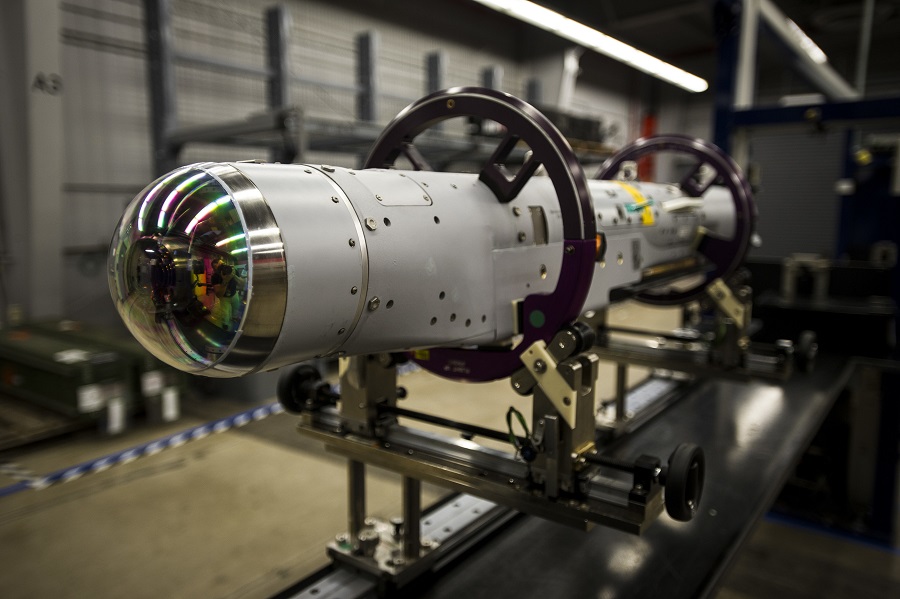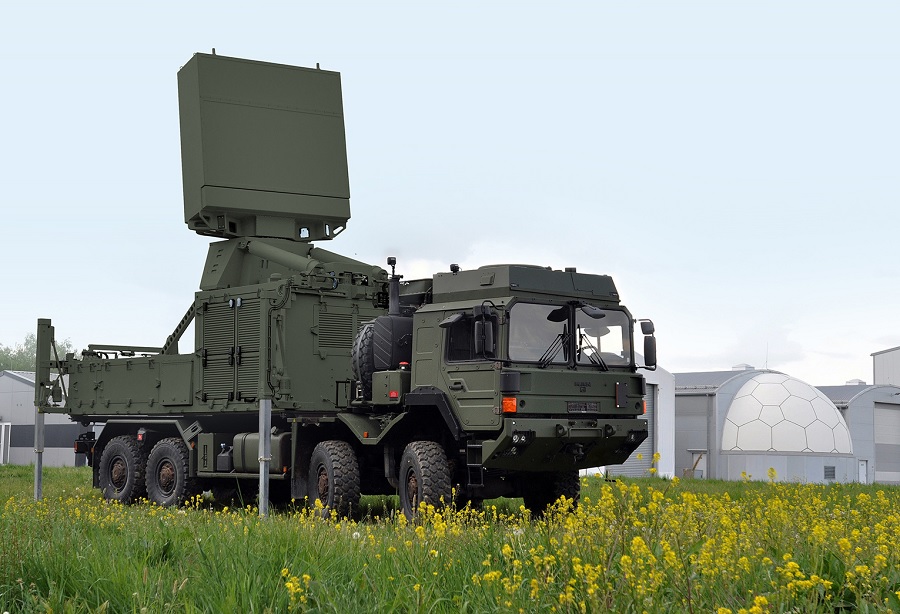Copernicus Data Space Ecosystem: one of the largest data collections in the world
Copernicus Sentinel satellites continuously provide data for Earth observation. This includes data from the entire surface of the Earth as well as the Earth’s atmosphere. With relevant analyses, they provide up-to-date information about the state of the Earth. The large volumes of data can thus be used to conduct trend analyses in various fields like e.g., science, industry and politics. They serve, for example, as a basis for better assessing or reporting on extreme weather situations, climatic conditions and the effects of natural disasters. Agriculture and politics also benefit from 24/7 Earth observation. Farmers can see where and when water or fertilizer needs to be applied to optimize yields, or the consistency of the soil and the threat of an insect infestation. Policymakers have a concrete database for the correct distribution of agricultural subsidies, for example.
Data from all regions of the world for science, industry, politics and interested parties
The Copernicus Data Space Ecosystem is one of the largest data collections for Earth observation data in the world. And it will grow from the current 34 to more than 80 petabytes over the next years. This will be the largest data collection that T-Systems manages in its data centers. The public including more than 600,000 existing users will have access to the new Copernicus Data Space Ecosystem and initial services starting January 24. From July 2023, the majority of services will become available, including a marketplace to further grow the Ecosystem with third party data and services, supporting the European Data Strategy.
T-Systems and its partners handle this gigantic volume of data responsibly and sustainably. With a green infrastructure and electricity generated almost entirely from renewable sources.
Users rely on open-source and free and open data
T-Systems has been operating parts of the Copernicus infrastructure since 2013. The new Data Space Ecosystem ensures continuity of free and open data access with enhanced services and further facilitates collaboration for all users. Therefore, one of the largest online archives, consisting of all Sentinel satellite data collected since 2014, is made available. In addition to the gigantic volume of data, it offers existing tools as well as a variety of new ones, for example for immediate analytics and on-demand processing. The new Data Space Ecosystem is being provided based on an open-source environment. It facilitates third parties to add and run their applications in the Data Space Ecosystem with a transparent governance and without any lock-ins.
“The future of climate policy is digital. Big Data is not only a tool for companies but has become essential for our democratic society and climate protection. The Copernicus Data Space Ecosystem is the first step towards making data even better available for politics, society and climate protection,” says T-Systems CEO Adel Al-Saleh.
The contract has a duration of six years. There is a possibility of extending it to up to ten years. The total value of the contract is around 150 million euros.
The initial services will start as early as January 2023 with a phased rollout gradually increasing the services offered and available data. A strong industry team led by T-Systems enables the services as well as innovations. It consists of European service providers for cloud and earth observation with innovative solutions. The partners that are taking part in this project are: T-Systems (prime), Cloud Ferro, Sinergise, VITO, ACRI-ST, DLR and RHEA.

























